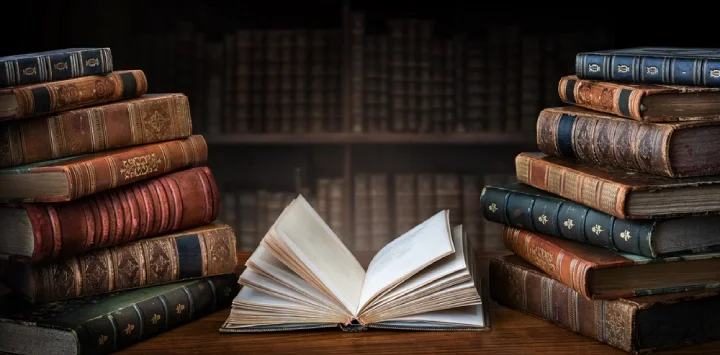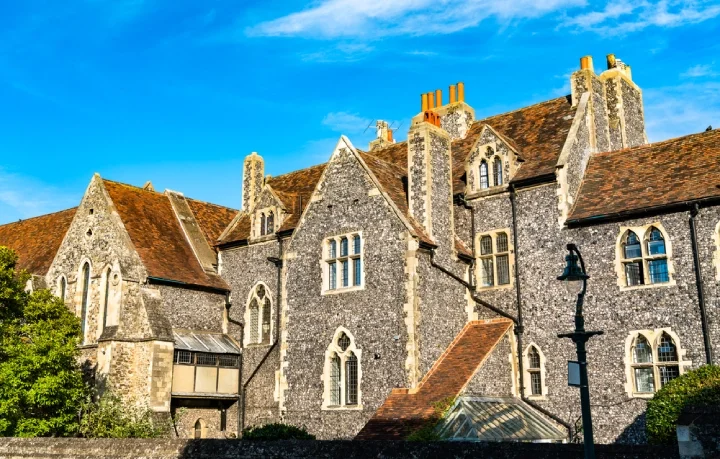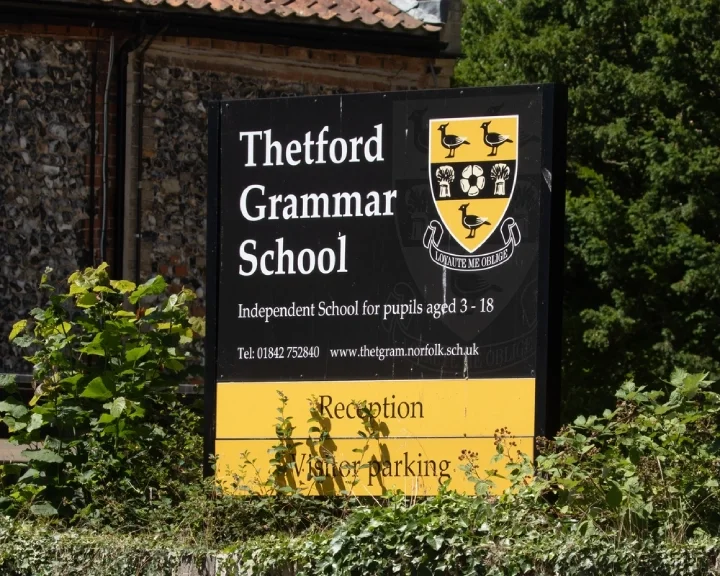
Some of the best academic institutions in the world are based in England. Some of them were already standing during the Norman conquests and dark ages, going back to even 597AD.
Many known personalities have frequented some of these schools throughout the years, such as Orlando Bloom, Guy Fawkes and Charles Dickens.
But what are Britain’s oldest schools?
1. The King’s School, Canterbury – 597AD

Almost half a millennium before Canterbury Cathedral was consecrated, St Augustine arrived in Canterbury on a papal mission to convert King Æthelberht from anglo-saxon paganism to Christianity.
After successfully converting the king, St Augustine set about establishing monasteries throughout the region. The responsibility of educating the next generation of nobility on Christian doctrine and practice would fall to these institutions. Education fell under secular control following Henry VIII’s dissolution of the monasteries, and Canterbury School was formally named The King’s School in 1541.
The King’s School is not only considered England’s oldest school but also its oldest charity, with scholarships and grants being set up to educate poor boys in the area.
In more recent history, Orlando Bloom, Prince Peter of Yugoslavia and revolutionary physician William Harvey have all studied at the King’s School in Canterbury.
[See also: Lessons from Rosenberg, the most expensive school in the world]
2. The King’s School, Rochester – 604AD
Founded in 604, but like its namesake in Canterbury, the King’s School, Rochester was re-established by Henry VIII following the dissolution of the monasteries in 1541,
Many of the school’s buildings appear in the writing of Charles Dickens who spent much of his life in Rochester.
More recently, BBC Radio 1 DJ Pete Tong and film producer Peter Rogers were educated at Rochester.
3. St Peter’s School, York – 627AD
After it was founded in the year 627, St Peter’s was initially based at York Minster. The first headmaster, Alcuin, became Chancellor to the French Emperor Charlemagne and would go on to found several of the earliest schools in Europe.
The school counts Guy Fawkes among its alumni, as well as co-conspirator John Wright. In 1605, Guy Fawkes and John Wright orchestrated the Gunpowder Plot, attempting to blow up the Houses of Parliament. Up until 1959, the Government implemented an Act which meant that it was mandatory to celebrate Bonfire Night. However, St Peter’s School in York was the only exception, as it refused to take part as a sign of respect since Guy Fawkes attended there.
For most of its years, St Peter’s School has been a boys’ school, however, it introduced girls into its sixth form in 1976, before becoming fully inclusive to boys and girls of all ages in 1987.
4. Thetford Grammar School – 631AD

Whether Thetford Grammar School is truly one of Britain’s oldest schools remains a matter of debate. The school’s website conjectures that the school was founded in 631 when Sigbert, King of the East Angles, provided a school for his court in Thetford.
The school’s current headmaster Michael Brewer believes the school’s history stretches even further back. ‘The origins of Thetford Grammar School reach back to the 6th Century and pre-date formal schooling as we know it today,’ he told Spear’s, and then added ‘In that sense, education has changed almost beyond recognition.’
The earliest confirmed evidence for the school’s existence does not appear until 1114 however, in a document signed by the Bishop of Norwich.
In 1999, archaeologists from the TV show Time Team conducted an excavation on the school site in search of the cathedral Herbert Losinga built in Thetford, however, nothing was found.
[See also: The rise of branded schools]
5. Grammar School, Worcester – 685AD

The Royal Grammar School, Worcester, is believed to be one of Britain’s oldest schools owing to claims that the Bishop of Worcester erected the school in 685 to educate the relatives of monks intending to enter the town’s monastery.
Conclusive evidence however, does not appear until 1291, when an argument over who owned the wax from the candles used at the feast of St Swithun was settled by Bishop Godfrey who determined it belonged to the scholars of Worcester School.
The school has received two royal charters over the years, one from Queen Victoria and one from Queen Elizabeth I, making it one of the seven Royal Grammar Schools in England.
“It’s a great privilege to be the head of a school with such an extraordinary history dating back nearly 2,000 years while and at the same time one is always looking forward and seeking ways to provide even more opportunities for the pupils,” Headmaster John Pitt told Spear’s.






